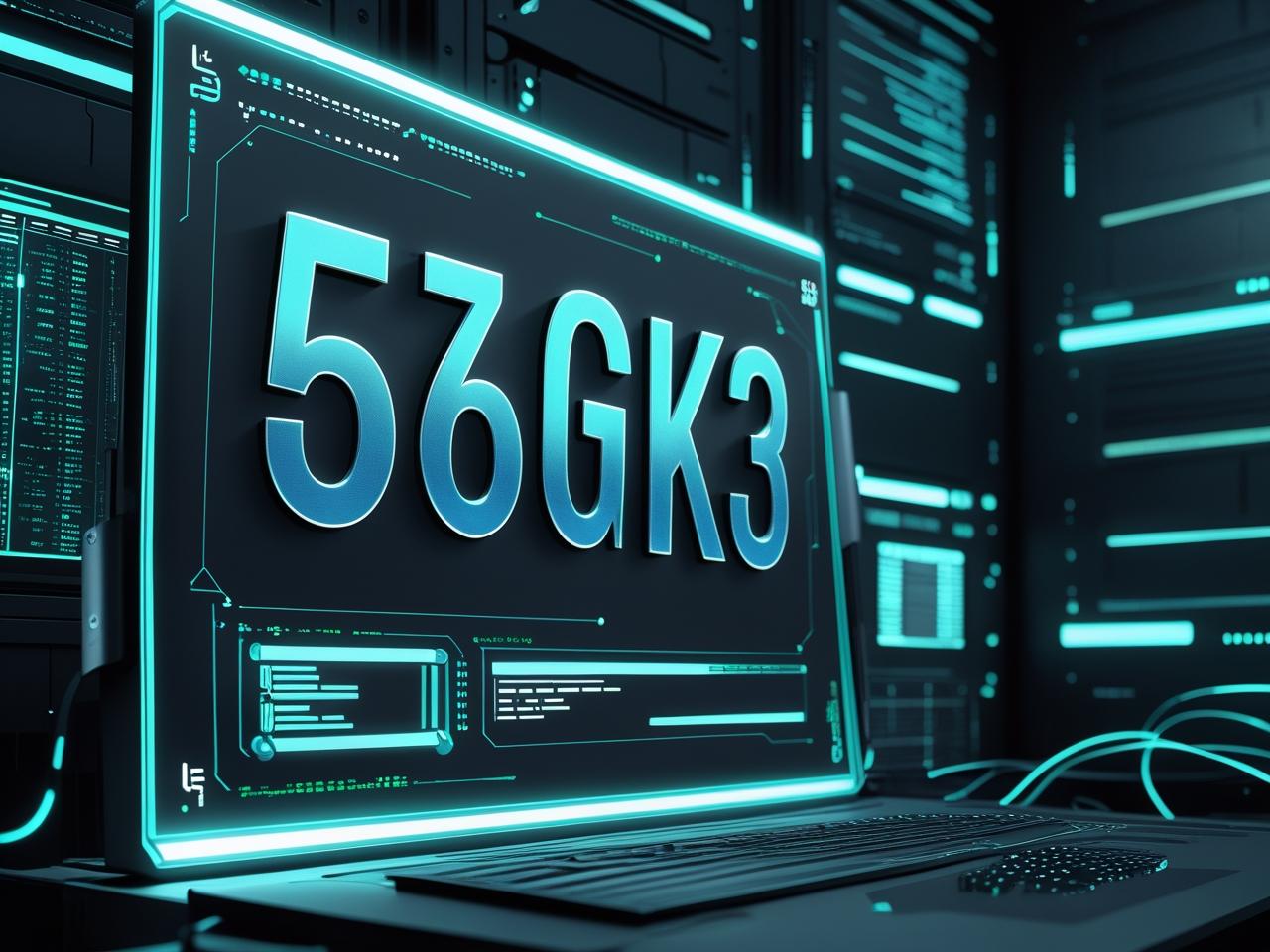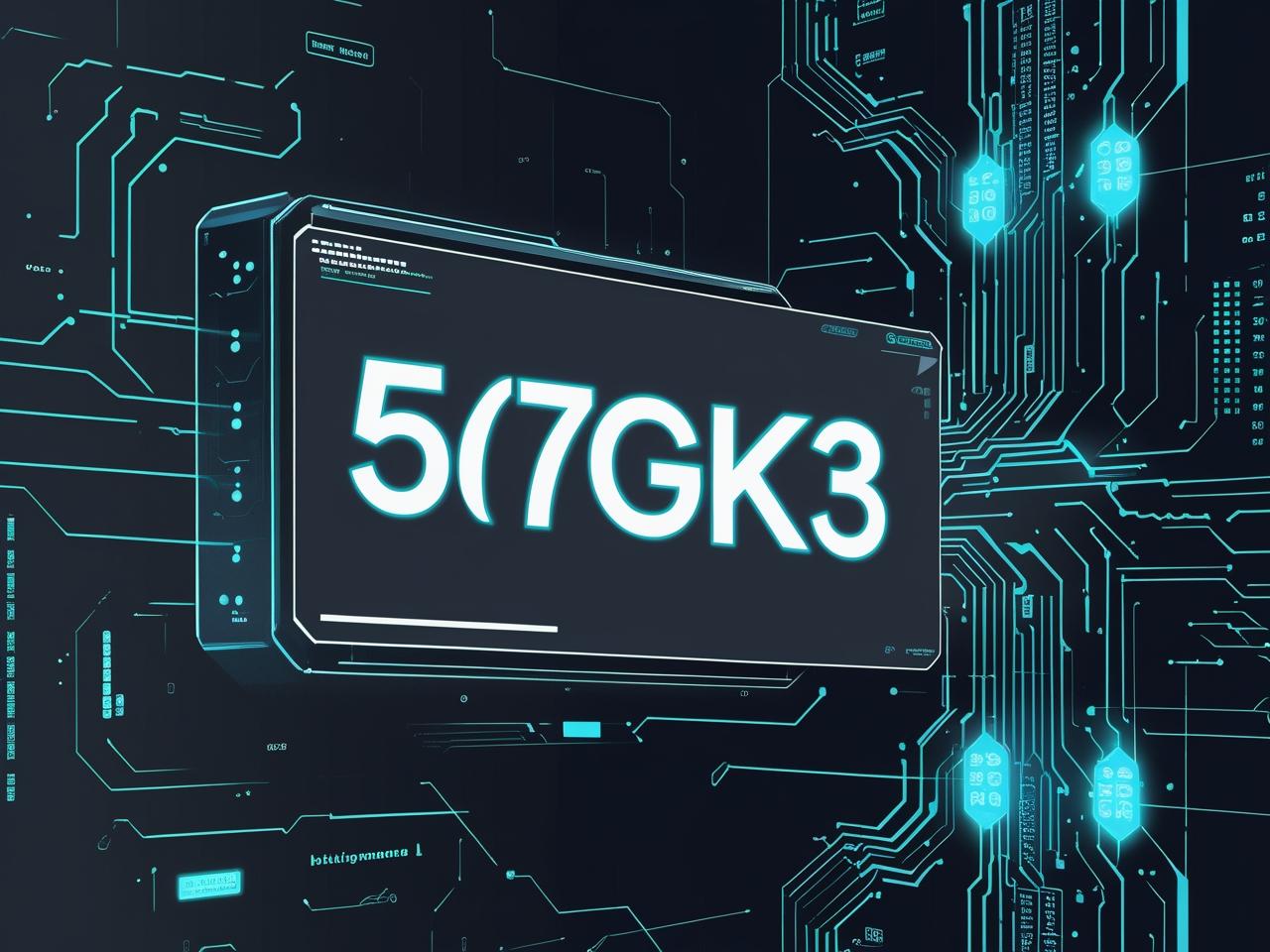When you come across a string like 567gk3, it might seem confusing at first. Is it a tracking number? A promo code? Maybe a tech identifier? Though it doesn’t have a widely recognized meaning, it represents a broader category of alphanumeric codes we encounter each day.
In this article, we’ll explore:
- Possible contexts where “567gk3” might appear
- How to analyze or decode such codes
- Tips for handling unknown code strings professionally
Let’s dive in.
Common Contexts for Alphanumeric Codes Like 567gk3

Digital & Software Identifiers
Many software tools, apps, or online platforms generate codes like 567gk3 to uniquely identify sessions, users, or resources.
Tracking Numbers and Order IDs
E‑commerce systems often assign random alphanumeric strings as order IDs or package tracking codes. A string like “567gk3” might correspond to a shipment or support ticket.
Coupon or Promo Codes
Some businesses create promo codes mixing digits and letters randomly. If you received “567gk3” in an email or message, it might be redeemable for a discount or promotion.
Internal System Codes
In corporate or logistics operations, names like 567gk3 might be internal references for documents, parts, or inventory items.
How to Interpret “567gk3” When You Encounter It

H3: 1. Identify the Source or Format
Look at where you found the code. Was it in an email, printed label, software UI, or support ticket? That context gives clues about its meaning.
H3: 2. Check for Patterns or Structure
Does the code follow a common format? For example:
- ###‑AAA‑### (e.g. 567‑gk‑3)
- Letter+Number combinations consistently
- Inclusion of certain letters or digits
Knowing the pattern helps decode or categorize the string.
H3: 3. Contact Support or Reference Documentation
If the code came from a service, platform, or supplier, check help docs or reach out to support. They may reveal what type of code it is—account ID, order ID, API token, etc.
H3: 4. Use Tools to Examine Its Properties
You can check properties like:
- Is it base‑64 or base‑36 encoded?
- Does it correspond to a timestamp or checksum?
- Can hashing it produce recognizable strings?
These steps are advanced but sometimes useful in technical contexts.
Why Understanding “567gk3” Matters
Even seemingly random codes can be important:
- Security & authenticity: Trust that the code is legitimate and unaltered
- Correct processing: Misreading or misusing it can cause errors in orders, software, or systems
- Proper tracking: Identifying a code accurately helps trace packages, requests, or digital assets
Practical Use Cases for a Code Like 567gk3

1. Customer Support & Order Processing
If a customer says, “My order number is 567gk3,” you need to locate their order quickly. Ensuring you treat the code properly avoids mix‑ups.
2. Software Debugging or Development
Developers might use such codes for session IDs, logs, or API keys. Understanding their structure helps with debugging and troubleshooting.
3. Inventory & Warehousing
In a warehouse, product batches or inventory locations might be coded with strings such as “567gk3.” Employees need to scan, log, and reference these accurately.
Tips for Handling Alphanumeric Codes Correctly
- Keep codes as case‑sensitive when relevant (e.g. lowercase vs uppercase matters)
- Store codes securely in data systems—avoid manual copying errors
- Use consistent formatting, especially when codes include hyphens or segments
- If codes are visible to users, ensure readability and clarity (e.g. avoid confusing letters like “O” vs “0”)
Frequently Asked Questions About Mysterious Codes
H3: What if I can’t find any meaning for “567gk3” online?
It’s likely an internal or transaction‑specific code. Don’t assume global recognition; rely on context and the source.
H3: Could “567gk3” be sensitive or confidential?
Yes — internal identifiers or promo codes can be confidential. Avoid posting them publicly if they’re part of private systems.
H3: Can I reuse the same code?
Most systems mark each code unique. Reusing “567gk3” likely won’t work—or might trigger errors.
When to Ask for Help with a Code Like 567gk3
| Scenario | What You Should Do |
|---|---|
| You received the code via email | Check context or contact sender |
| You see it on a receipt or invoice | Refer to support or your order details |
| It’s within a software or portal | Search help docs or contact IT support |
| You’re unsure if it’s sensitive | Do not share publicly |
How to Stay Savvy with Unknown Alphanumeric Codes
- Keep records of where and how codes are used
- Ask clarifying questions if code context is unclear
- Double‑check for typos before entering or sharing codes
- Refer to documentation or support channels when stuck
Final Thoughts: 567gk3 and Its Hidden Importance
The code 567gk3 might look random or meaningless—but it underscores how much we rely on alphanumeric identifiers in daily digital, business, and logistical workflows. Though it doesn’t have a universal meaning, when used correctly, it plays a key role in clarity, tracking, and security.
🚀 Ready to Decode or Use a Code Like “567gk3”?
If you found this code in an email, invoice, or software system and need help understanding or using it, feel free to ask! I can help you interpret the context or find the right steps to follow based on where it appears.




